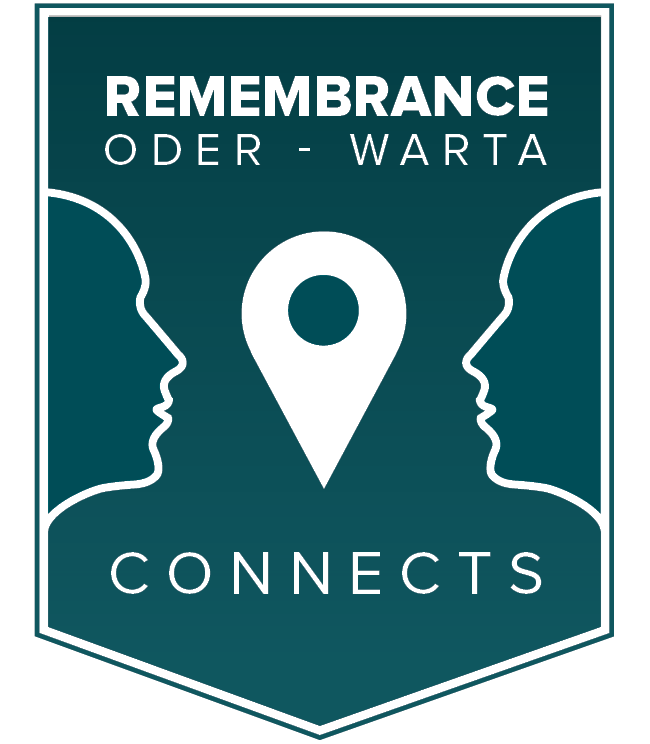Discover the unique history of the German-Polish border region on the Oder and Warta rivers
The Oder-Warta region has a unique and surprisingly diverse landscape of memories. Located on the German-Polish border to the east of Berlin, around 200 sites tell the story of a region characterised by knightly orders, Prussian military history, agricultural and industrial developments, the Second World War, the westward shift of Poland, socialist dictatorship and the Cold War, German reunification, the founding of the European Union and Poland's accession to the EU.
Find out from different perspectives how the Oder-Warta region was wrested from nature and colonised. How it experienced an agricultural and industrial boom, overcame wars and conflicts. How it became the battleground for the final battle before Berlin during the Second World War. How it was torn apart by new borders and became the demarcation line of the Cold War. How glasnost and perestroika broke down borders and ideologies and opened the way for a united Europe. And how the people of the region survived all this, whether as workers or farmers, artists or industrialists, winners or losers, perpetrators or victims.
The region also offers an attractive natural landscape along the Oder and Warta rivers, which flow together at the former fortress of Küstrin. Discover a fascinating region with plenty of room for shared memories from different perspectives, for open dialogue and freedom to shape a peaceful future together.



